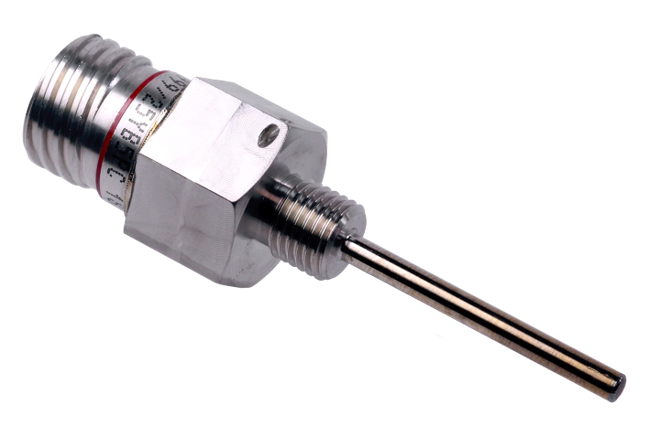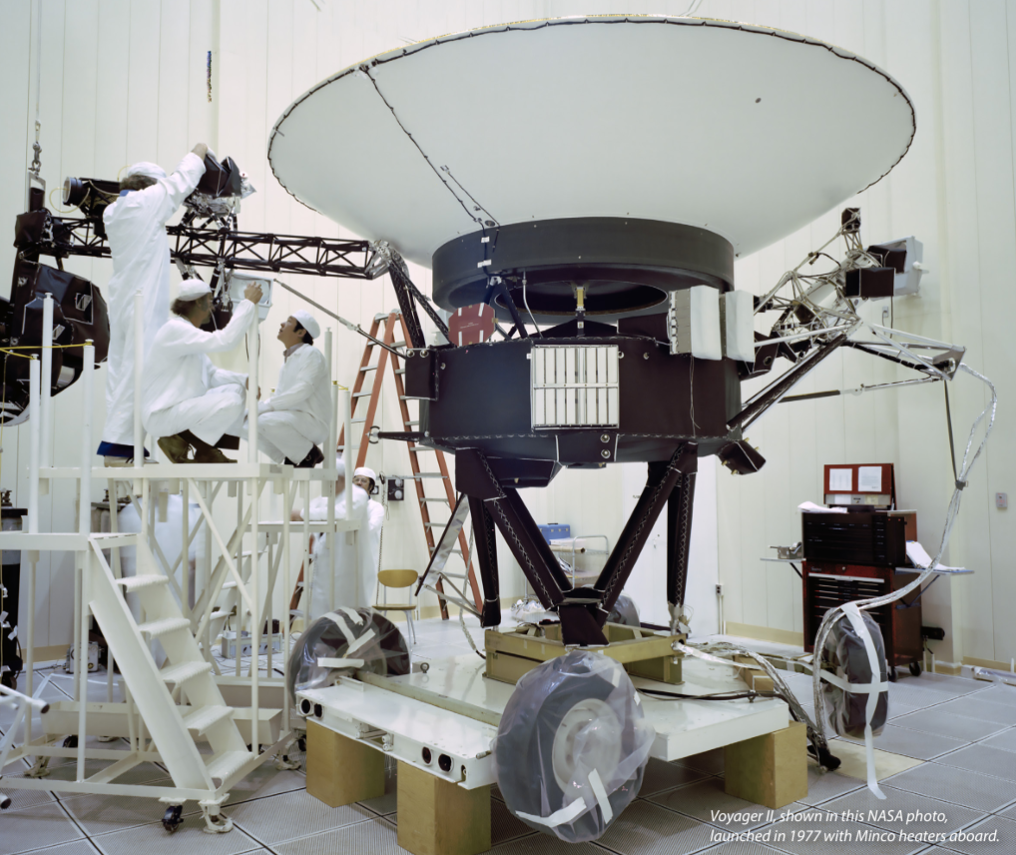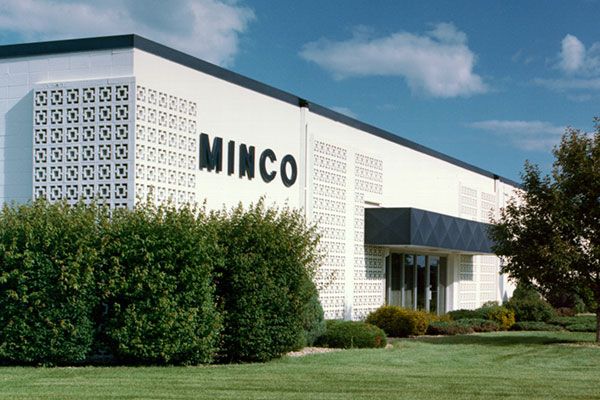
How do you know what temperature sensor to choose when operating in an environment where the slightest spark can cause an explosion?
This paper first discusses what conditions must be met to constitute a hazardous area. They can include as diverse an array of scenarios as petrochemical plants, spray finishing areas, aircraft hangars, flour mills, coal mines, textile mills, and even dry-cleaning facilities. Each classification has different characteristics and is intended to define a specific threat. For instance, is it a gas, a dust, or a fiber? And are those materials present during normal use or only when accidents occur?
This paper, written by Minco Engineering, aims to help simplify the seeming complexity of the different classifications and the certification bodies that ensure that manufacturing facilities adhere to best practices. It also describes different techniques for addressing hazardous conditions.
Whitepaper Download: Specifying Temperature Sensors for Hazardous Areas
Interested in learning more? Download the paper, study Minco’s agency certifications or peruse our selection of hazardous area sensors.




